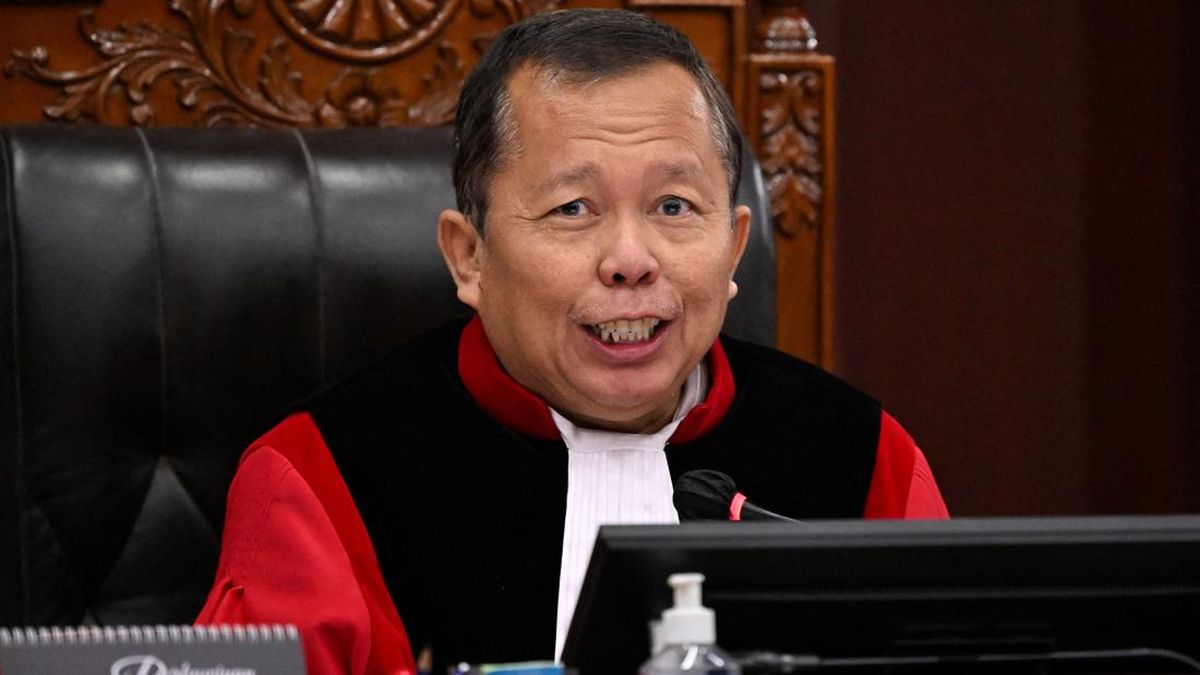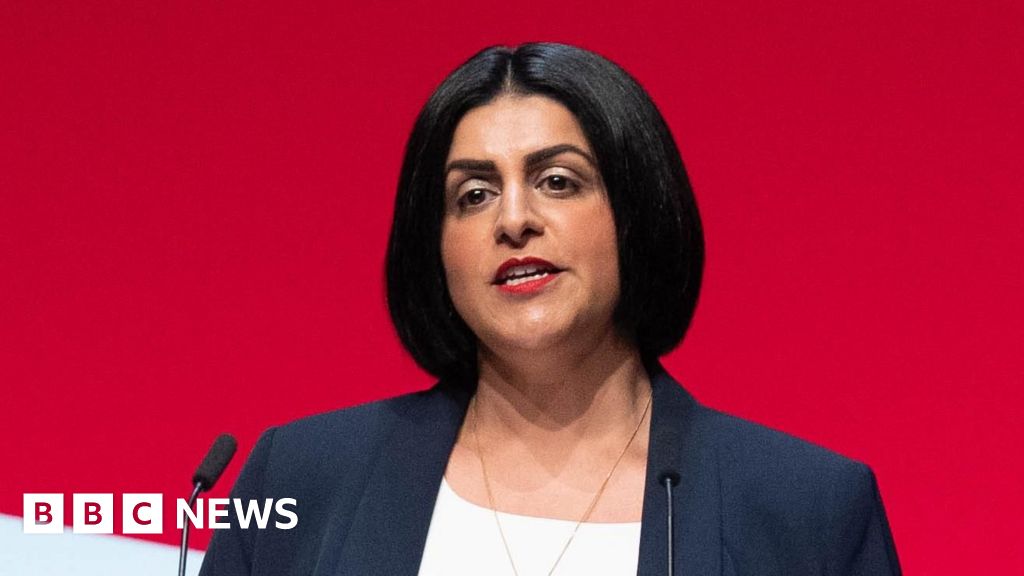Australia’s biggest energy companies have reinforced their support for the government’s 2050 net zero target and warned that failing to embrace renewables will only send power bills higher, contradicting a key Coalition argument as it fights to wind back climate action.
Liberal leader Sussan Ley, who formally ditched the Coalition’s support for net zero on Sunday, has revived claims that renewable energy and emissions targets will impose unaffordable costs on households.

Most of Australia’s remaining coal-fired power plants are due to close within the next 10 years as they face frequent equipment faults, soaring maintenance costs and intense competition from renewables.Credit: Paul Jones
If elected, the Coalition would also dismantle Labor’s interim climate targets, abolish electric vehicle incentives and extend taxpayer funds to keep coal-fired power stations running longer or support the construction of new ones, she said.
But in a report to be released on Monday, the chief executives of more than a dozen major electricity suppliers, including AGL, Origin Energy and EnergyAustralia, who are all members of the Australian Energy Council, rejected calls to ditch net zero and insisted that shifting to a mostly renewable grid was the best way to keep bills as low as possible.
The chief executives emphasised the need for “policy certainty and stability” as Australia neared a critical juncture in the energy transition. While coal-fired power stations still supply more than half of the nation’s electricity needs, most of them are approaching the end of their usable lives and are due to be retired before 2035, meaning they must be urgently replaced regardless of net zero ambitions, they said.
‘In the long run, this approach [renewables] will still be cheaper than continuing to invest in existing or new coal-fired power generation.’
Louisa Kinnear, Australian Energy Council chiefIn 2022, AGL brought forward the closure of its Bayswater coal plant in NSW to no later than 2033, while the retirement of the Loy Yang A generator in Victoria was fast-tracked by up to 10 years to 2035.
Origin Energy originally intended to retire Eraring, the nation’s largest coal plant, in 2032, but now plans to shut it in 2027.

The anti-net zero bloc: Jessica Collins, Angus Taylor, Sarah Henderson, Andrew Hastie and Jacinta Nampijinpa Price arrive with other Liberals for their party room showdown on Wednesday.Credit: Alex Ellinghausen
The industry argues the cheapest path for consumers is to invest in replacing ageing coal generators with firmed-up renewable energy, rather than forcing the extensions of ageing and increasingly unreliable plants, which can break down with no notice and cause huge price rises, or building new coal-fired facilities.
“The least-cost, lowest-impact pathway is an energy system dominated by renewables and firmed by battery storage, gas and pumped hydro,” the chief executives said.
Loading
However, the Australian Energy Council stresses that replacing ageing power stations is “not costless”, and will push up people’s electricity bills – at least for a while.
Building more wind and solar farms, large-scale storage projects and thousands of kilometres of extra pylons and power lines to stitch together a bigger and more complex grid will all add to costs that need to be passed on to consumers, it said.
The report noted that electricity prices had “never been under more pressure” due to heavy investments needed to replace and decarbonise ageing generation assets. It called for a more open and honest dialogue about what the energy transition would cost homes and businesses.
“I think it’s the calm before the storm,” one chief executive said.
In particular, network costs to maintain and upgrade transmission infrastructure, which account for about a third of a customer’s bill, are expected to increase significantly in the coming years.
Loading
The CSIRO calculates that a new coal-fired power plant, using modern technology to keep emissions down as much as possible, would produce electricity for between $111 and $178 a megawatt hour – at a midpoint of $145. Power from renewables in a mostly renewable grid, meanwhile, would cost between $116 and $165 a megawatt hour (a midpoint of $141), which also factors in the billions of dollars in additional costs such as paying for batteries, gas and transmission lines.
Once built and operating, renewables were among the lowest-cost sources of energy, Australian Energy Council chief executive Louisa Kinnear said. “But we still need to account for the costs of constructing new supply and adopting our existing system to accommodate and firm up low emissions, intermittent sources,” she said.
“In the long run, this approach will still be cheaper than continuing to invest in existing or new coal-fired power generation, but we need to ensure the transition is managed carefully.”
The push to scrap the commitment to net zero by 2050 and weaken interim climate targets would breach the conditions of the Paris Agreement, which Australia signed up to in 2016.
Large investors, who have been pouring billions of dollars into green energy projects across Australia, described the Coalition’s backdown as “material and disappointing”.
“However, the fundamentals remain,” said Clean Energy Investor Group chief executive Richie Merzian, who represents funds including US-based BlackRock, France’s Neoen and Australia’s Macquarie Bank. “New generation is required, clean energy is the best path for returns, and the current government is committed to supporting that.”
Debby Blakey, chief executive of the $100 billion superannuation giant HESTA, which invests heavily in the energy transition, said bipartisan support for climate targets including net zero was important for investors to know that policies would remain stable.
“This is critical given investors commit capital over very long time frames for investments like energy infrastructure,” she said. “Attracting global private capital to invest in Australia’s transition is underpinned by long-term policy certainty.”
The Business Briefing newsletter delivers major stories, exclusive coverage and expert opinion. Sign up to get it every weekday morning.
Most Viewed in Business
Loading


















































